US sending more troops to Middle East as Iran tensions mount
America is sending 1000 troops to the Middle East as tension with Iran hits boiling point, and new pictures reveal why.
In a dramatic escalation of tensions between the US and Iran, the Pentagon has ordered another 1000 American troops to the Middle East.
The move comes as the US government released new photos to bolster its claim that Iran was responsible for the attacks on two oil tankers in the Gulf of Oman last week.
It said the photos, taken from a Navy helicopter, show Iranian forces removing an unexploded mine from the side of the Japanese-owned Kokuka Courageous.
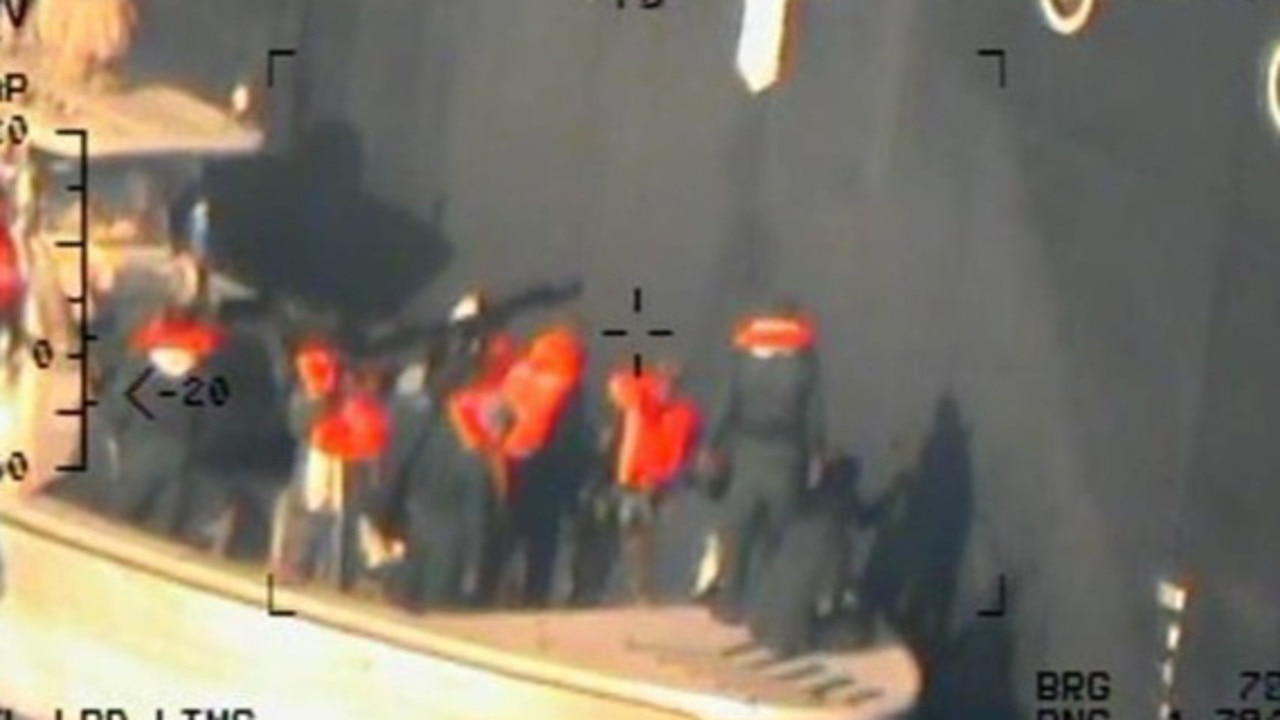
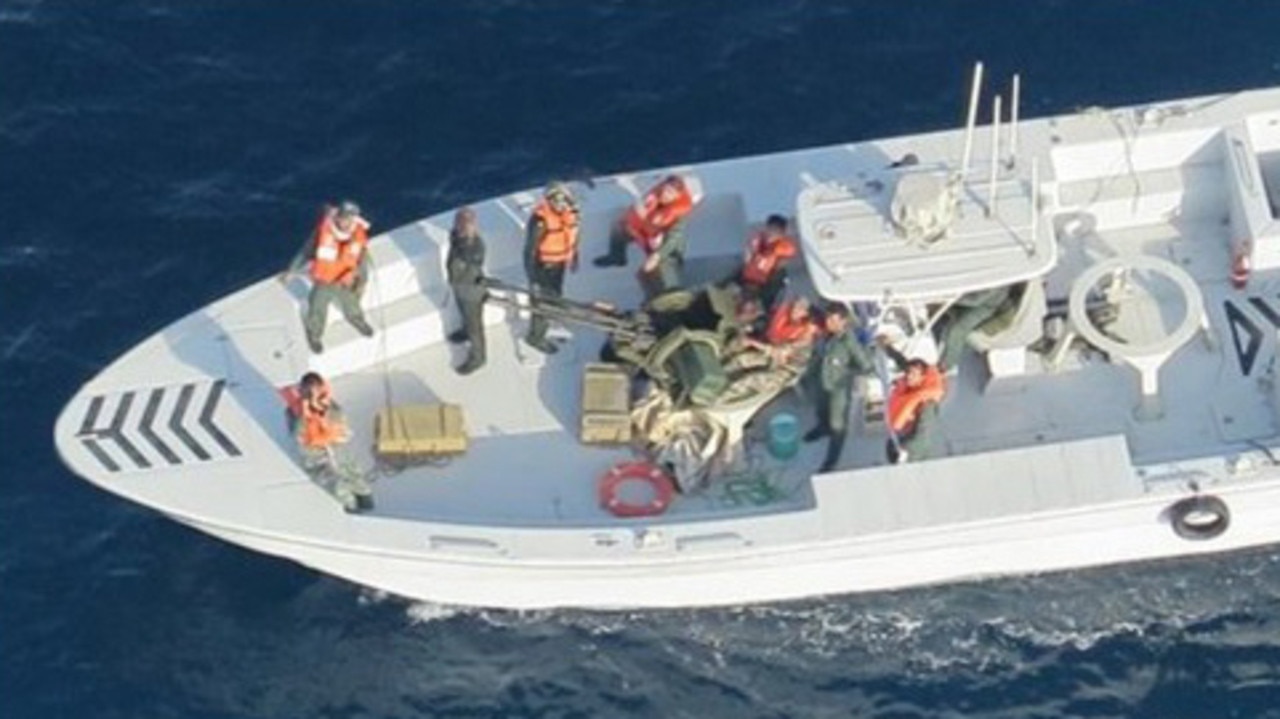
Another picture shows a massive hole on the side of the Courageous, above the water line, that officials say appears to have been caused by another mine.
In a statement this morning, announcing the additional deployment of troops, acting US Defence Secretary Patrick Shanahan said the forces are “for defensive purposes to address air, naval, and ground-based threats in the Middle East”.
“The recent Iranian attacks validate the reliable, credible intelligence we have received on hostile behaviour by Iranian forces and their proxy groups that threaten United States personnel and interests across the region,” he said.
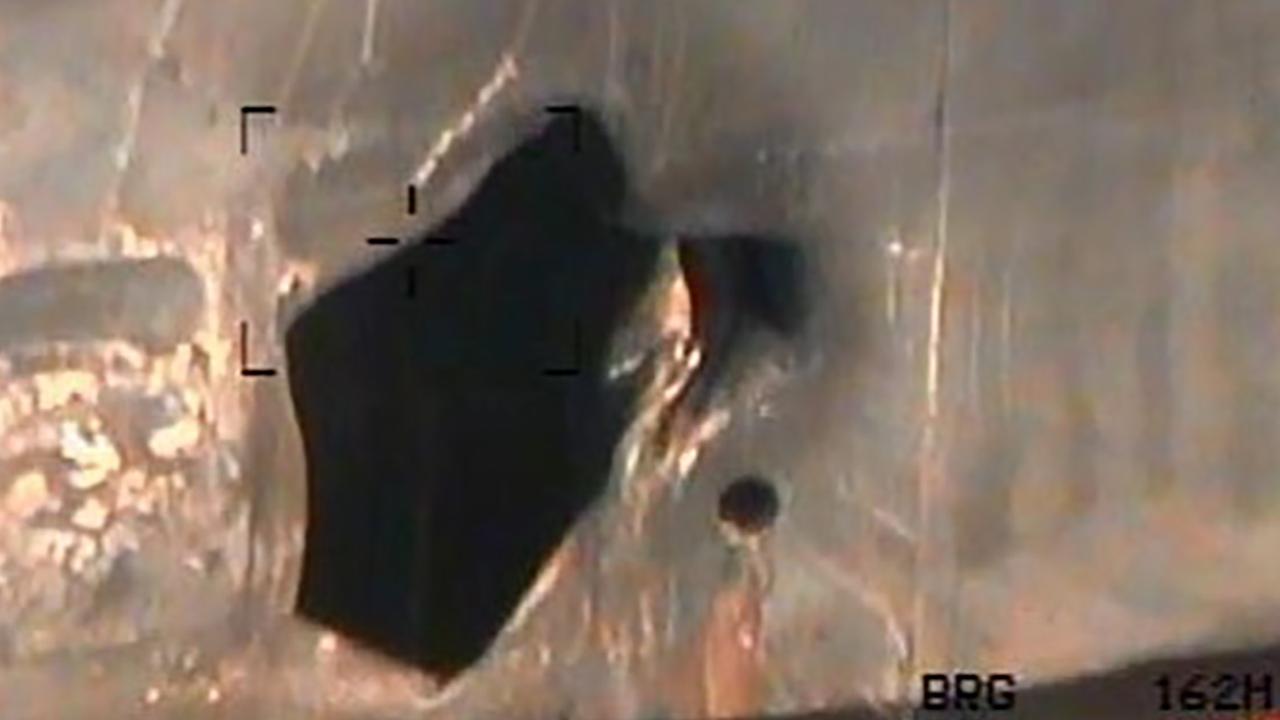
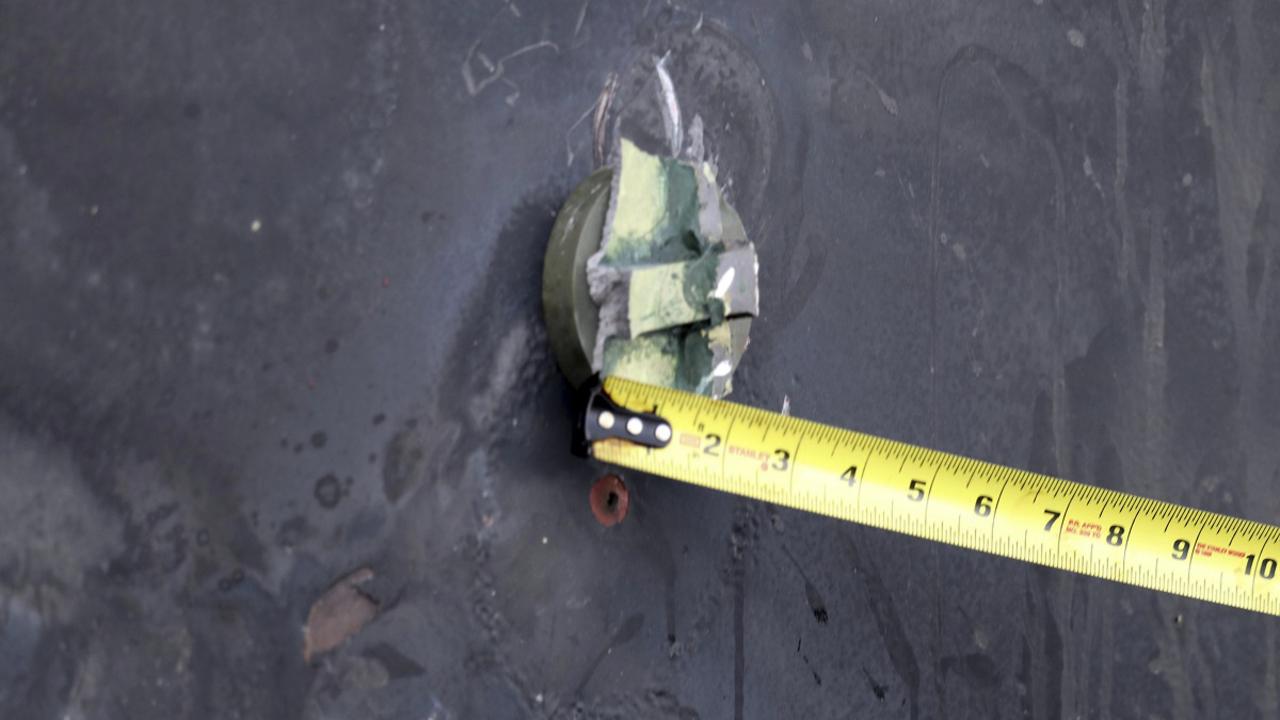
Officials said the deployment includes security forces and troops for additional surveillance and intelligence gathering in the region.
And while the number is small, it represents an escalation of US military might aimed at deterring Iran and calming allies worried that transit through key shipping lanes could be in jeopardy.
The forces are part of a broader military package of options that were initially laid out to US leaders late last month, totalling as much as 10,000 forces, Patriot missile batteries, aircraft and ships.
The decision to send 1000 troops signals a measured approached by President Donald Trump, who campaigned against the Mideast entanglements of his predecessors and has struggled to bring troops home, despite ongoing threats.
“The United States does not seek conflict with Iran,” Mr Shanahan said. “The action today is being taken to ensure the safety and welfare of our military personnel working throughout the region and to protect our national interests.”
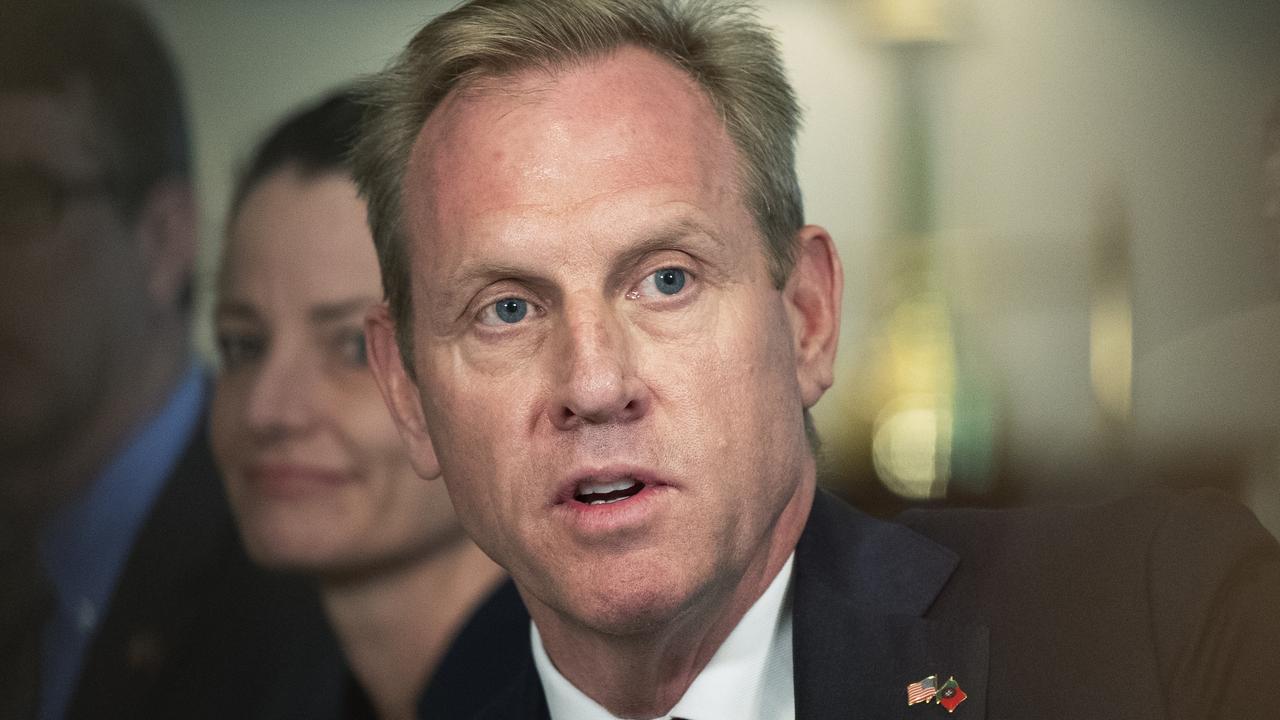
The troop decision comes as US Secretary of State Mike Pompeo and other top officials reached out to leaders in Asia and Europe to convince them that Iran was behind the alleged attacks on ships in the Middle East.
However, the Trump administration also finds itself in the awkward position of demanding that Iran comply with a nuclear accord that the President has derided as the worst deal in history.
Iran announced on Monday it would break a limit on uranium stockpiles established by a 2015 agreement with world powers that was intended to restrict the Islamic Republic’s nuclear program in exchange for an easing of international sanctions.
“Iran to defy Uranium Stockpile Limitsâ€
— Donald J. Trump (@realDonaldTrump) June 17, 2019
Mr Trump withdrew from the agreement, signed by his predecessor, and reinstated punishing economic sanctions.
This resulted in sharply rising tensions that worsened when Iran warned it could soon start to enrich uranium to just a step away from weapons-grade levels.
That put the State Department in the position of defending the limits set by the 2015 deal that was so maligned by Mr Trump and his national security team.
“We continue to call on the Iranian regime not to obtain a nuclear weapon, to abide by their commitments to the international community,” State Department spokeswoman Morgan Ortagus told reporters.
However, supporters of the nuclear deal blamed the Trump administration for Iran’s provocative announcements, saying they were entirely predictable given the renewed US pressure.
None of this would be happening if Trump didn't back out of the Iran nuclear deal.
— Ilhan Omar (@IlhanMN) June 17, 2019
America’s response should be to return to the table and reinstate the Iran nuclear deal.
Increasing tensions and threats of war serve nobody's interests. https://t.co/KGSKGXATPE
“While Iran’s frustration with Trump’s reckless and irresponsible pressure campaign is understandable, we strongly urge Iran to remain in compliance with the nuclear deal,” the Arms Control Association said in a statement.
“It remains in Iran’s interests to abide by the limits of the agreement and to fully co-operate with the International Atomic Energy Agency’s more intrusive monitoring and verification.” Iran has shown no willingness to negotiate another deal and vowed not enter into talks with the United States while the administration maintains its “maximum pressure” campaign of sanctions.
Administration officials are grappling with whether to press the remaining parties to the deal, including Britain, France and Germany, to demand that Iran stay in compliance.
They must also consider if such a stance would essentially concede that the restrictions imposed during the Obama administration, while short of ideal, are better than none.
Under the deal, Iran can keep a stockpile of no more than 300 kilograms of low-enriched uranium.
Behrouz Kamalvandi, spokesman for Iran’s atomic agency, said it would pass that limit on June 27.
— with wires




